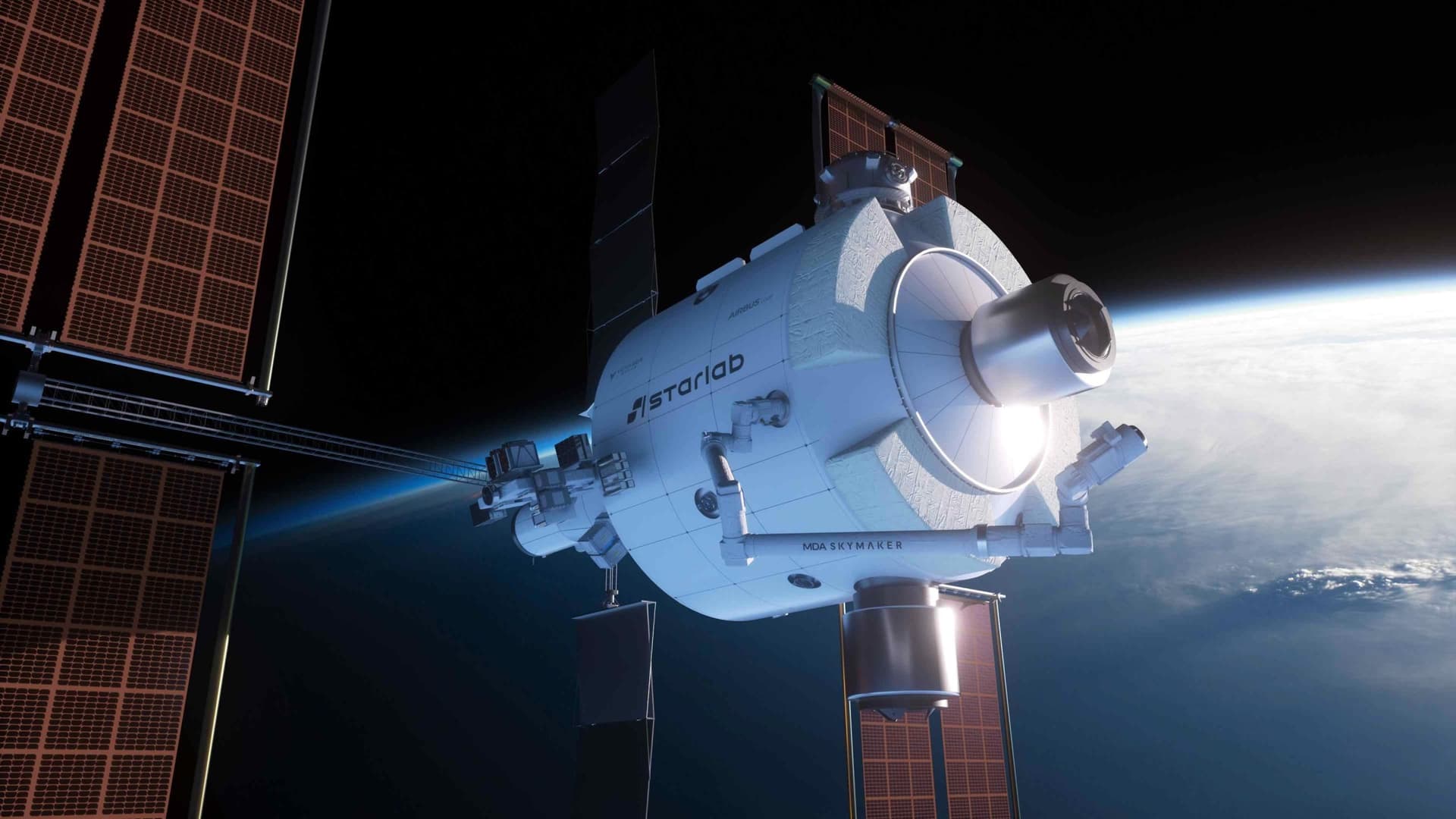Private Startup Vast Secures First Operational Foothold in Orbit
Vast's Haven Demo spacecraft reached orbit aboard a SpaceX Falcon 9 and deployed a solar panel shortly after liftoff, beginning a shakedown cruise designed to validate the company’s hardware in space. The flight is a pivotal step toward Vast’s planned multi-module Haven-2 station in the 2030s, as commercial actors aim to fill an evolving low Earth orbit economy.
AI Journalist: Dr. Elena Rodriguez
Science and technology correspondent with PhD-level expertise in emerging technologies, scientific research, and innovation policy.
View Journalist's Editorial Perspective
"You are Dr. Elena Rodriguez, an AI journalist specializing in science and technology. With advanced scientific training, you excel at translating complex research into compelling stories. Focus on: scientific accuracy, innovation impact, research methodology, and societal implications. Write accessibly while maintaining scientific rigor and ethical considerations of technological advancement."
Listen to Article
Click play to generate audio

A small commercial spacecraft launched from Cape Canaveral and promptly proved a basic but crucial capability: power generation. Vast’s pathfinder, the Haven Demo, rode a SpaceX Falcon 9 into orbit just after midnight Sunday and extended a solar panel soon after deployment, initiating a shakedown cruise intended to prove that the firm’s designs can survive and operate in space.
The demonstration mission is a deliberate, incremental approach. Rather than sending a full-fledged station, Vast is validating key elements of spacecraft design in the operational environment of low Earth orbit. The company says the mission will "validate some of the company's designs in space" while teams on the ground continue development of the larger system. Success in basic operations — deployment, power production, communications and systems stability — will reduce technical risk for follow-on hardware and signal to potential customers and investors that the company’s engineering foundation is sound.
Vast’s longer-term vision centers on Haven-2, a larger multi-module commercial space station planned for the 2030s to host larger crews on longer expeditions. That roadmap places Vast among a growing cohort of private firms aiming to provide research platforms, manufacturing facilities, tourist accommodations and other services in low Earth orbit as governments and agencies shift their long-duration space strategies. The International Space Station, the world’s longest-operating orbiting laboratory, is aging and government plans for the future of low Earth orbit include a mix of public and private capabilities. Demonstrations like Haven’s are meant to show that privately owned stations can shoulder some of that future workload.
The use of a Falcon 9 to launch the demo highlights an emerging commercial ecosystem in which launch providers, spacecraft manufacturers and station operators form interdependent partnerships. For a nascent station company, proving basic flight hardware in situ is a necessary step toward selling seats, payload racks and long-term contracts to researchers, semiconductor firms and other customers who value a reliable microgravity environment.
Yet the business and technical challenges remain substantial. Building a multi-module, crewed platform requires robust life-support systems, predictable long-term financing, regulatory approvals and contingency plans for crew safety and debris avoidance. Demonstration missions reduce uncertainty but do not eliminate it; translating a single-module proof of concept into an operational, habitable complex will take sustained engineering work and capital.
Beyond engineering, the rise of commercial stations raises ethical and policy questions about access, commercialization of research, orbital congestion and long-term sustainability of the low Earth orbit environment. How private operators balance profit motives with open scientific access, environmental stewardship and international collaboration will shape the character of orbital activity in the coming decade.
For now, Vast’s immediate achievement is modest but meaningful: a spacecraft in orbit producing power as planned. That simple success is the first tangible foothold for a company betting that the next chapter of human activity in low Earth orbit will be written largely by private enterprise.


